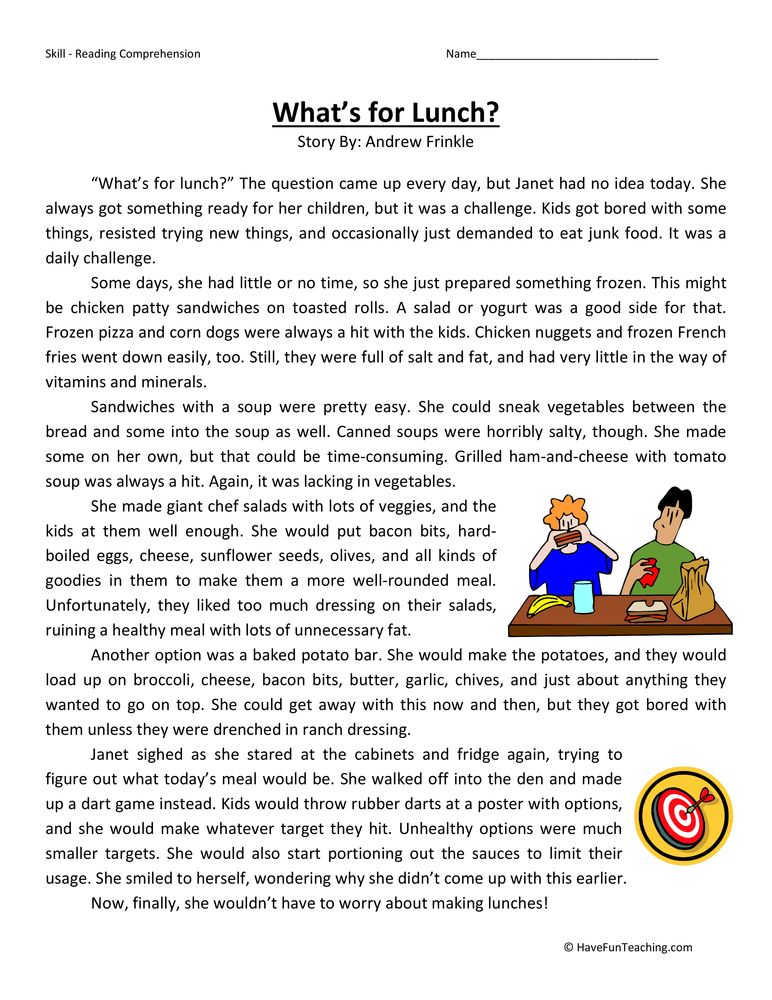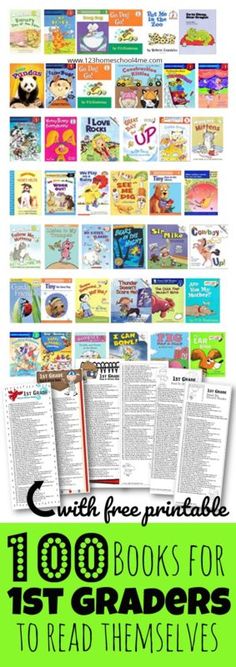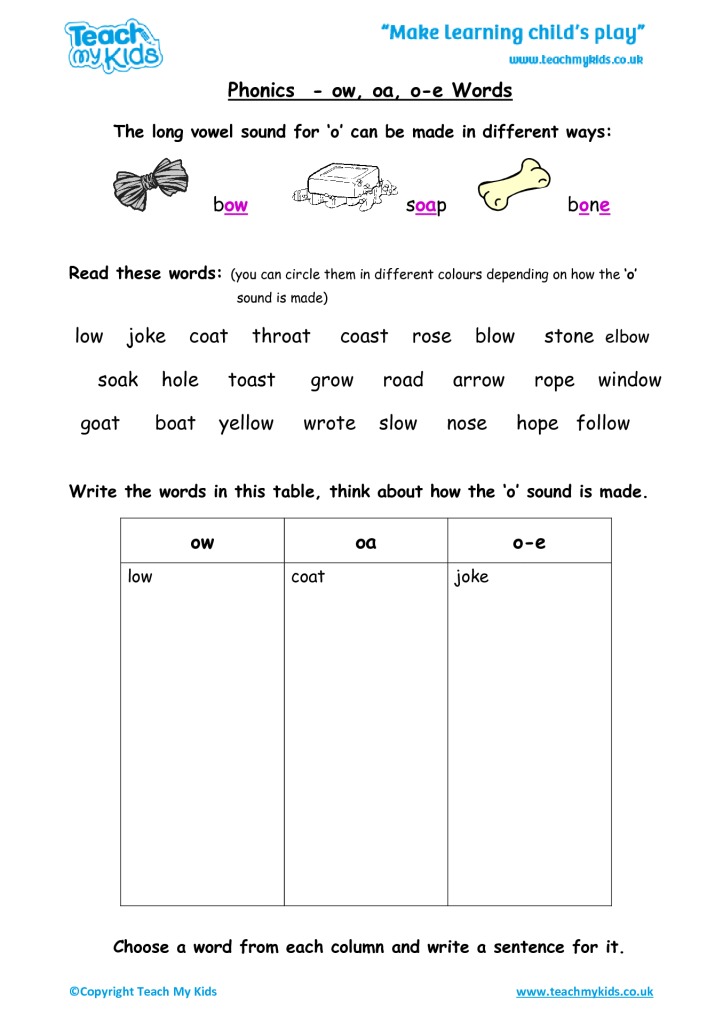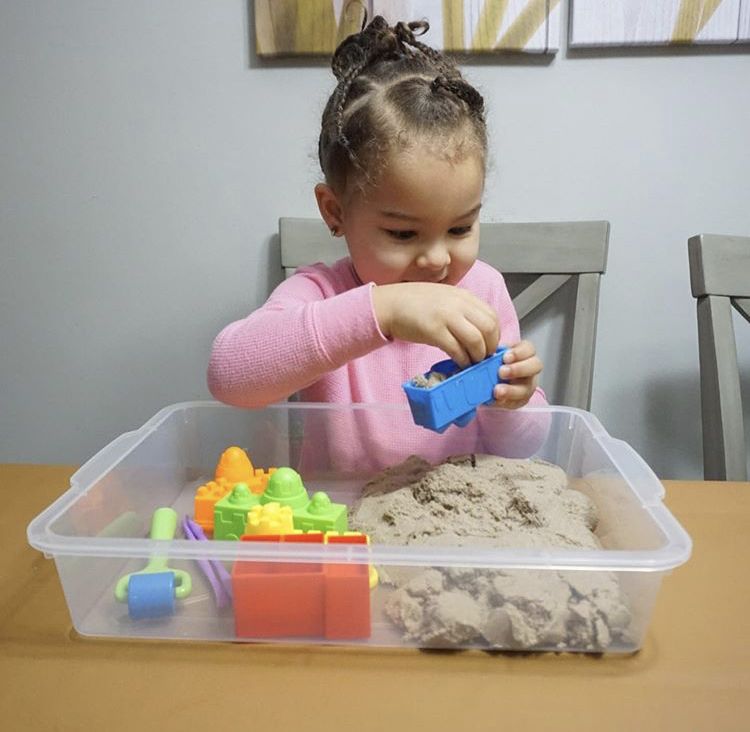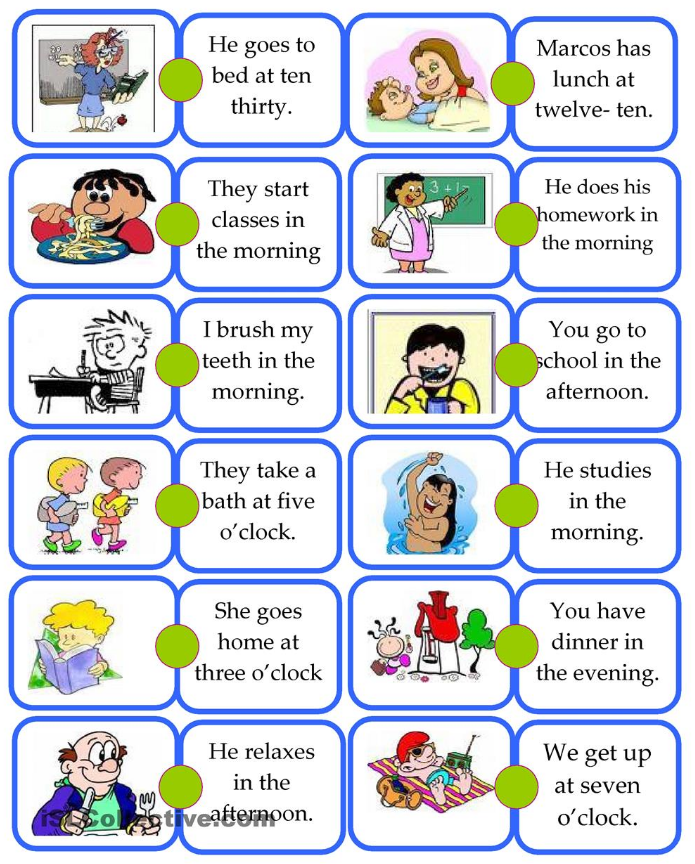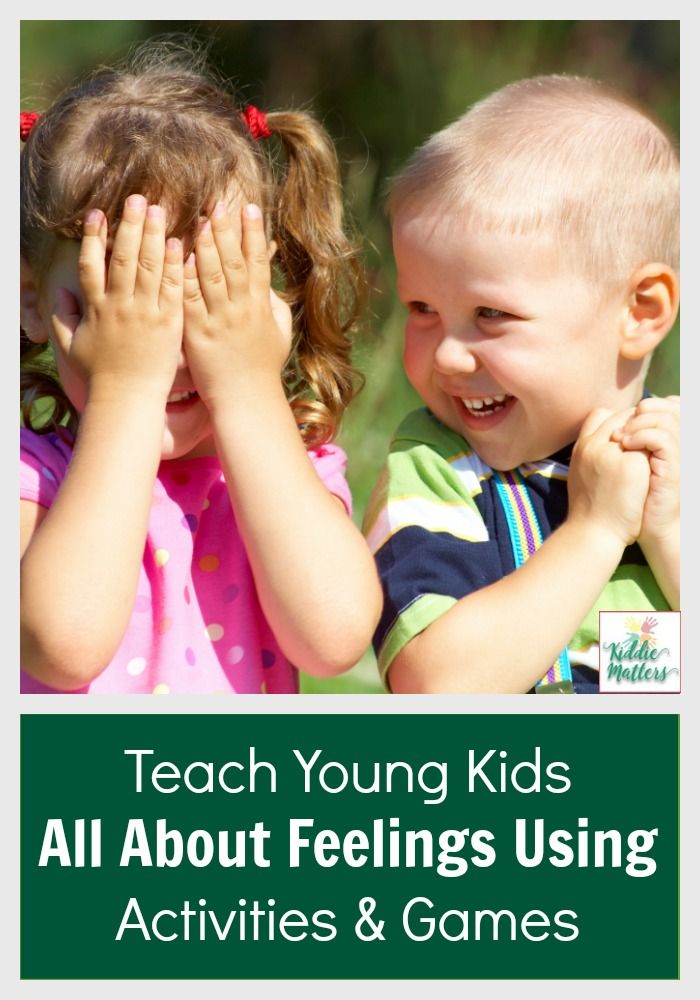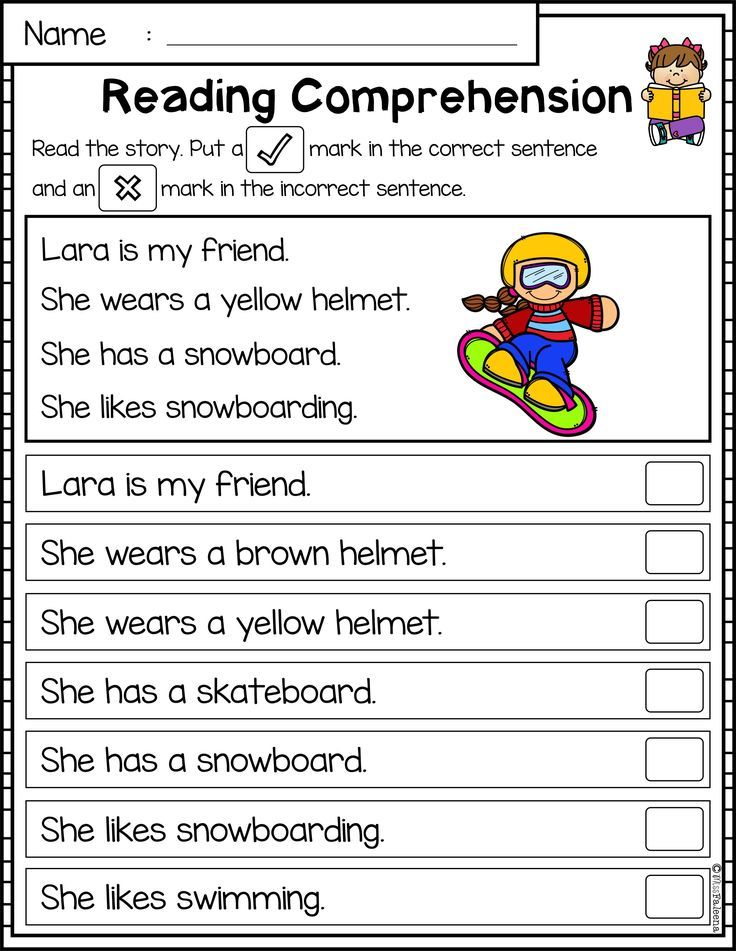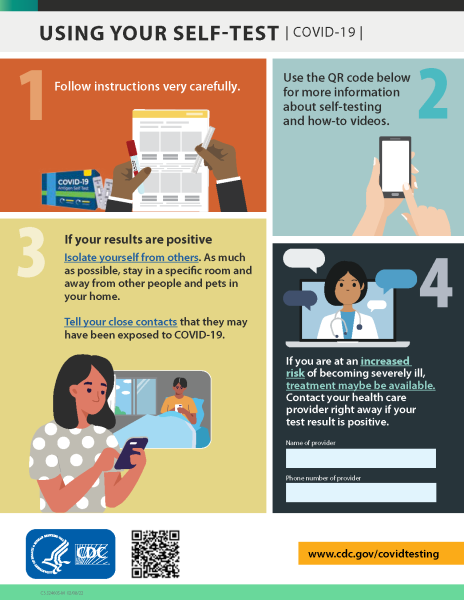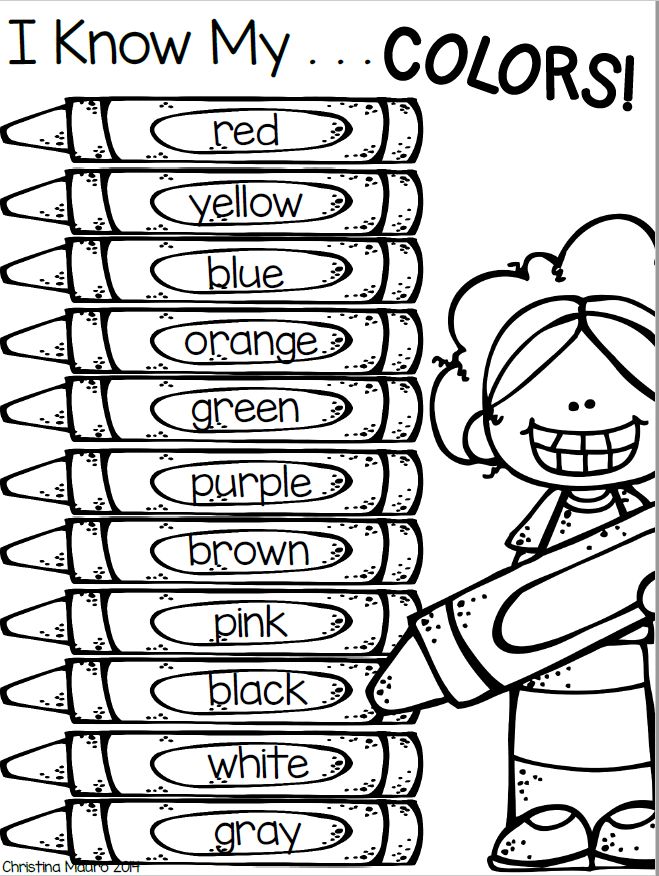Techniques in teaching reading comprehension
Seven Strategies to Teach Students Text Comprehension
1. Monitoring comprehension
Students who are good at monitoring their comprehension know when they understand what they read and when they do not. They have strategies to "fix" problems in their understanding as the problems arise. Research shows that instruction, even in the early grades, can help students become better at monitoring their comprehension.
Comprehension monitoring instruction teaches students to:
- Be aware of what they do understand
- Identify what they do not understand
- Use appropriate strategies to resolve problems in comprehension
2. Metacognition
Metacognition can be defined as "thinking about thinking." Good readers use metacognitive strategies to think about and have control over their reading. Before reading, they might clarify their purpose for reading and preview the text. During reading, they might monitor their understanding, adjusting their reading speed to fit the difficulty of the text and "fixing" any comprehension problems they have.
After reading, they check their understanding of what they read.
Students may use several comprehension monitoring strategies:
- Identify where the difficulty occurs
"I don't understand the second paragraph on page 76."
- Identify what the difficulty is
"I don't get what the author means when she says, 'Arriving in America was a milestone in my grandmother's life.'"
- Restate the difficult sentence or passage in their own words
"Oh, so the author means that coming to America was a very important event in her grandmother's life."
- Look back through the text
"The author talked about Mr. McBride in Chapter 2, but I don't remember much about him. Maybe if I reread that chapter, I can figure out why he's acting this way now."
- Look forward in the text for information that might help them to resolve the difficulty
"The text says, 'The groundwater may form a stream or pond or create a wetland. People can also bring groundwater to the surface.
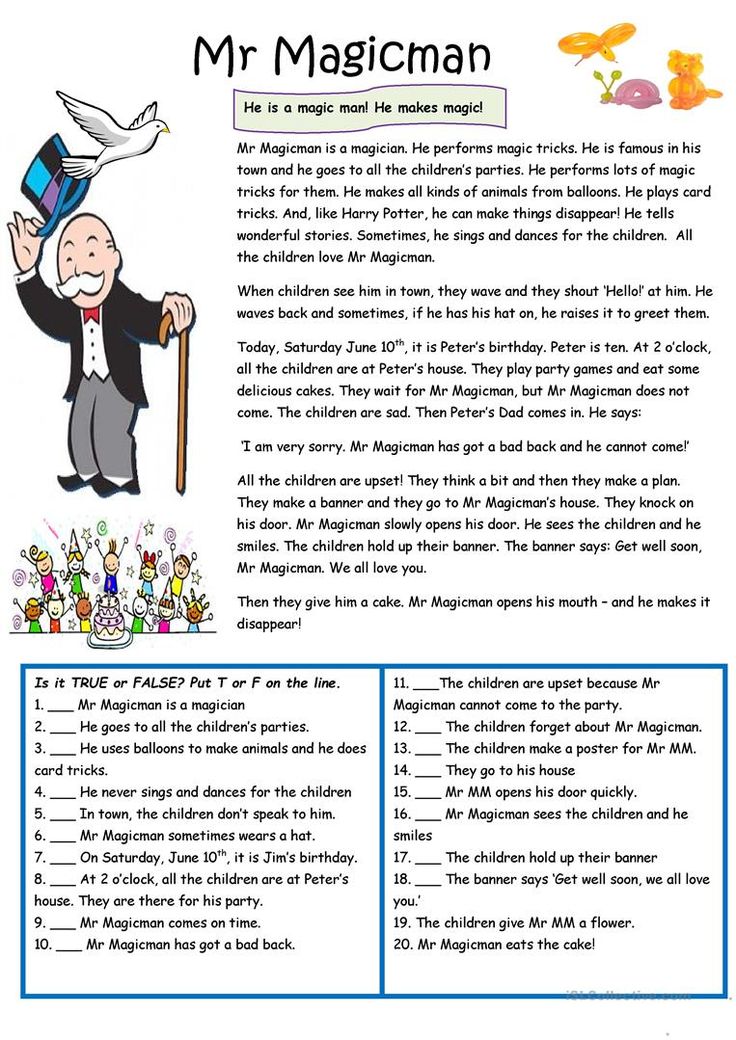 ' Hmm, I don't understand how people can do that… Oh, the next section is called 'Wells.' I'll read this section to see if it tells how they do it."
' Hmm, I don't understand how people can do that… Oh, the next section is called 'Wells.' I'll read this section to see if it tells how they do it."
3. Graphic and semantic organizers
Graphic organizers illustrate concepts and relationships between concepts in a text or using diagrams. Graphic organizers are known by different names, such as maps, webs, graphs, charts, frames, or clusters.
Regardless of the label, graphic organizers can help readers focus on concepts and how they are related to other concepts. Graphic organizers help students read and understand textbooks and picture books.
Graphic organizers can:
- Help students focus on text structure differences between fiction and nonfiction as they read
- Provide students with tools they can use to examine and show relationships in a text
- Help students write well-organized summaries of a text
Here are some examples of graphic organizers:
4. Answering questions
Questions can be effective because they:
- Give students a purpose for reading
- Focus students' attention on what they are to learn
- Help students to think actively as they read
- Encourage students to monitor their comprehension
- Help students to review content and relate what they have learned to what they already know
The Question-Answer Relationship strategy (QAR) encourages students to learn how to answer questions better.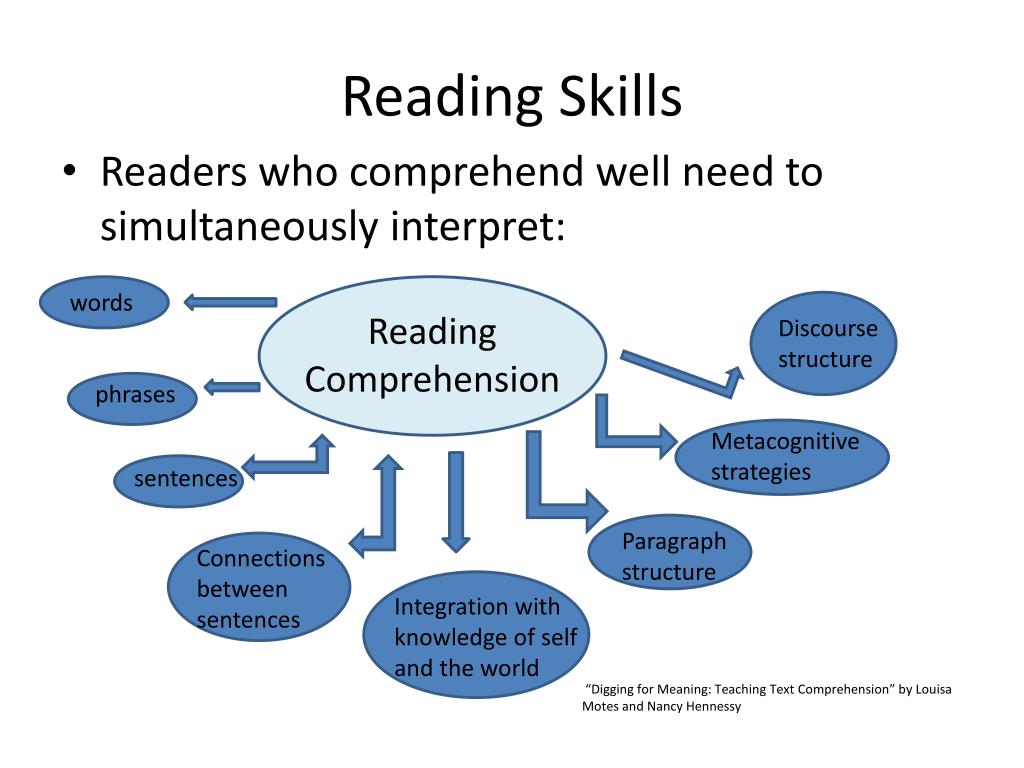 Students are asked to indicate whether the information they used to answer questions about the text was textually explicit information (information that was directly stated in the text), textually implicit information (information that was implied in the text), or information entirely from the student's own background knowledge.
Students are asked to indicate whether the information they used to answer questions about the text was textually explicit information (information that was directly stated in the text), textually implicit information (information that was implied in the text), or information entirely from the student's own background knowledge.
There are four different types of questions:
- "Right There"
Questions found right in the text that ask students to find the one right answer located in one place as a word or a sentence in the passage.
Example: Who is Frog's friend? Answer: Toad
- "Think and Search"
Questions based on the recall of facts that can be found directly in the text. Answers are typically found in more than one place, thus requiring students to "think" and "search" through the passage to find the answer.
Example: Why was Frog sad? Answer: His friend was leaving.
- "Author and You"
Questions require students to use what they already know, with what they have learned from reading the text.
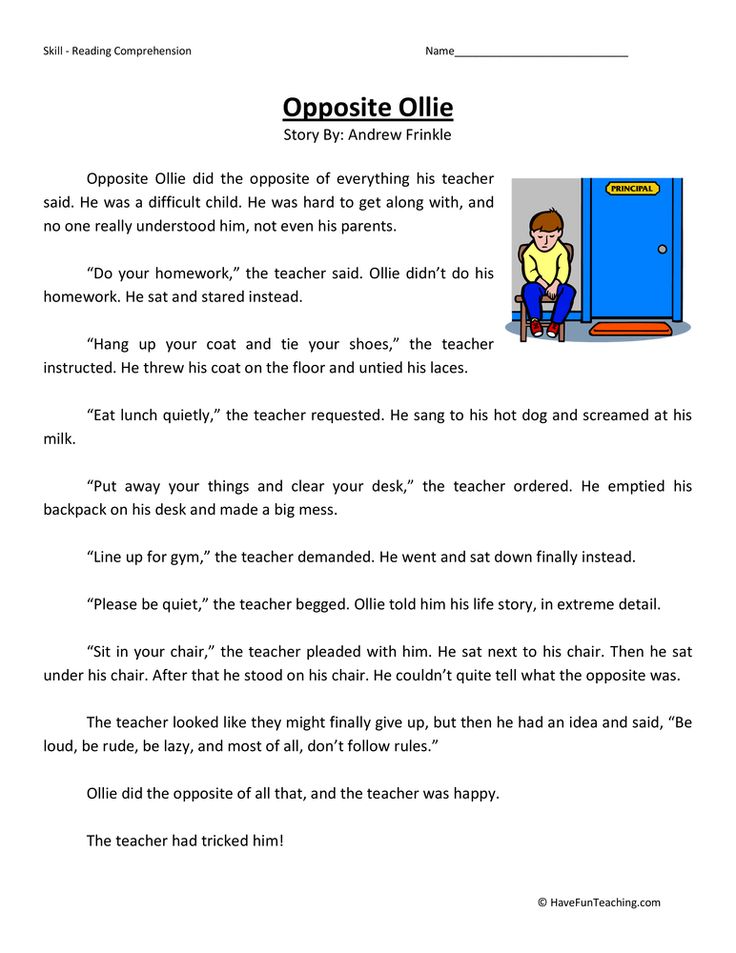 Students must understand the text and relate it to their prior knowledge before answering the question.
Students must understand the text and relate it to their prior knowledge before answering the question.Example: How do think Frog felt when he found Toad? Answer: I think that Frog felt happy because he had not seen Toad in a long time. I feel happy when I get to see my friend who lives far away.
- "On Your Own"
Questions are answered based on a student's prior knowledge and experiences. Reading the text may not be helpful to them when answering this type of question.
Example: How would you feel if your best friend moved away? Answer: I would feel very sad if my best friend moved away because I would miss her.
5. Generating questions
By generating questions, students become aware of whether they can answer the questions and if they understand what they are reading. Students learn to ask themselves questions that require them to combine information from different segments of text. For example, students can be taught to ask main idea questions that relate to important information in a text.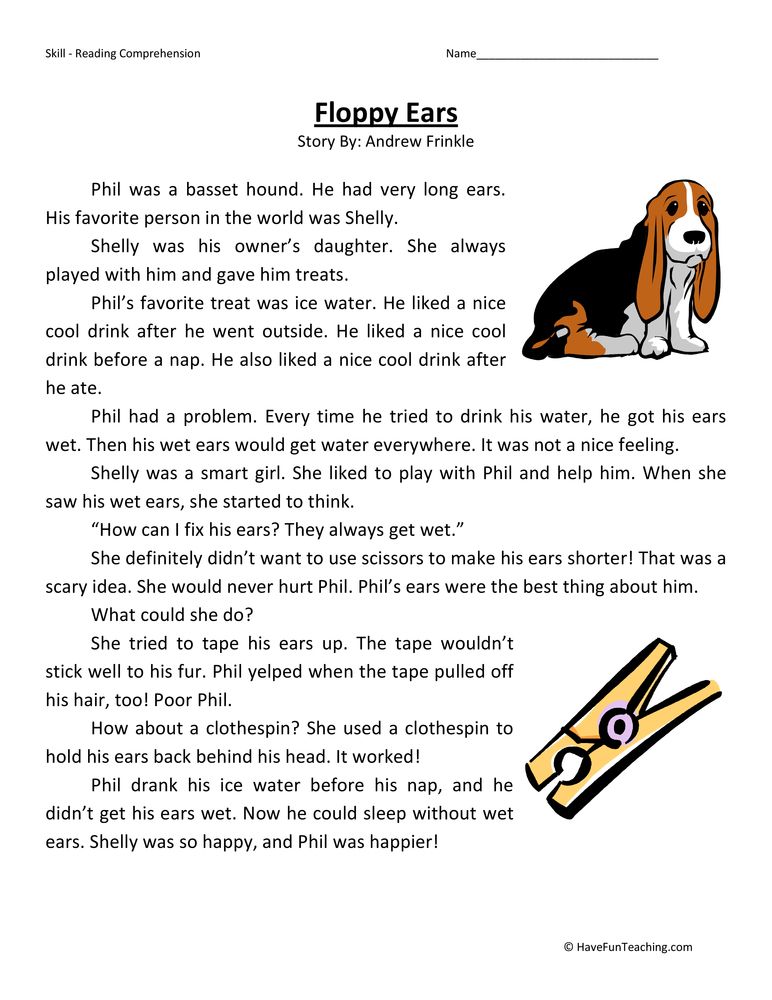
6. Recognizing story structure
In story structure instruction, students learn to identify the categories of content (characters, setting, events, problem, resolution). Often, students learn to recognize story structure through the use of story maps. Instruction in story structure improves students' comprehension.
7. Summarizing
Summarizing requires students to determine what is important in what they are reading and to put it into their own words. Instruction in summarizing helps students:
- Identify or generate main ideas
- Connect the main or central ideas
- Eliminate unnecessary information
- Remember what they read
Effective comprehension strategy instruction is explicit
Research shows that explicit teaching techniques are particularly effective for comprehension strategy instruction. In explicit instruction, teachers tell readers why and when they should use strategies, what strategies to use, and how to apply them.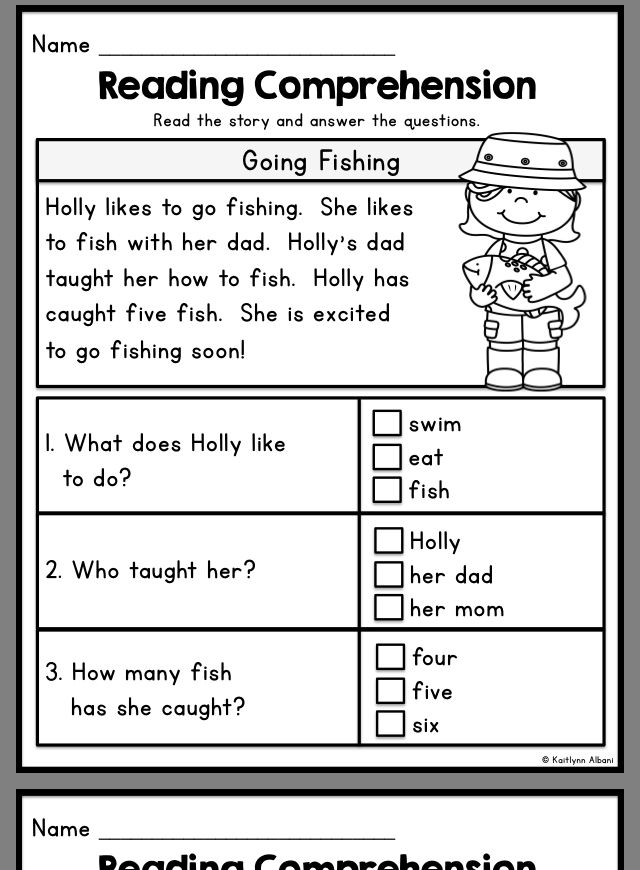 The steps of explicit instruction typically include direct explanation, teacher modeling ("thinking aloud"), guided practice, and application.
The steps of explicit instruction typically include direct explanation, teacher modeling ("thinking aloud"), guided practice, and application.
- Direct explanation
The teacher explains to students why the strategy helps comprehension and when to apply the strategy.
- Modeling
The teacher models, or demonstrates, how to apply the strategy, usually by "thinking aloud" while reading the text that the students are using.
- Guided practice
The teacher guides and assists students as they learn how and when to apply the strategy.
- Application
The teacher helps students practice the strategy until they can apply it independently.
Effective comprehension strategy instruction can be accomplished through cooperative learning, which involves students working together as partners or in small groups on clearly defined tasks. Cooperative learning instruction has been used successfully to teach comprehension strategies.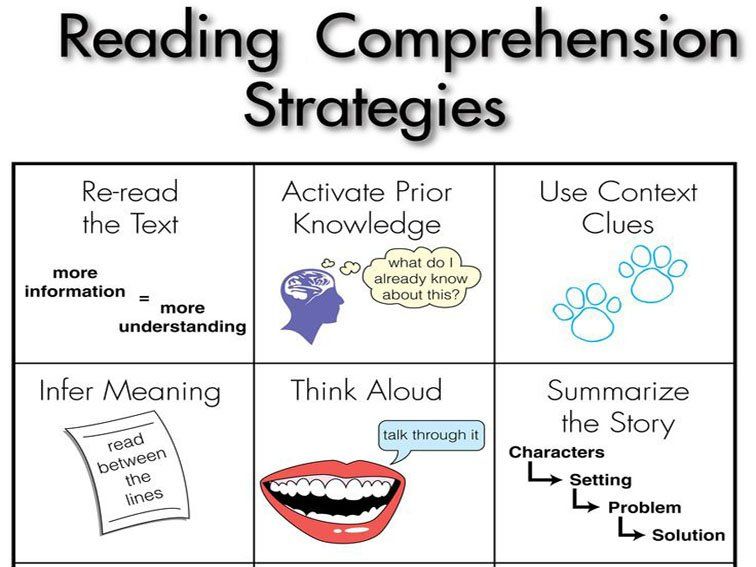 Students work together to understand texts, helping each other learn and apply comprehension strategies. Teachers help students learn to work in groups. Teachers also provide modeling of the comprehension strategies.
Students work together to understand texts, helping each other learn and apply comprehension strategies. Teachers help students learn to work in groups. Teachers also provide modeling of the comprehension strategies.
Strategies for Reading Comprehension :: Read Naturally, Inc.
Comprehension: The Goal of Reading
Comprehension, or extracting meaning from what you read, is the ultimate goal of reading. Experienced readers take this for granted and may not appreciate the reading comprehension skills required. The process of comprehension is both interactive and strategic. Rather than passively reading text, readers must analyze it, internalize it and make it their own.
In order to read with comprehension, developing readers must be able to read with some proficiency and then receive explicit instruction in reading comprehension strategies (Tierney, 1982).
Strategies for reading comprehension in Read Naturally programs
General Strategies for Reading Comprehension
The process of comprehending text begins before children can read, when someone reads a picture book to them.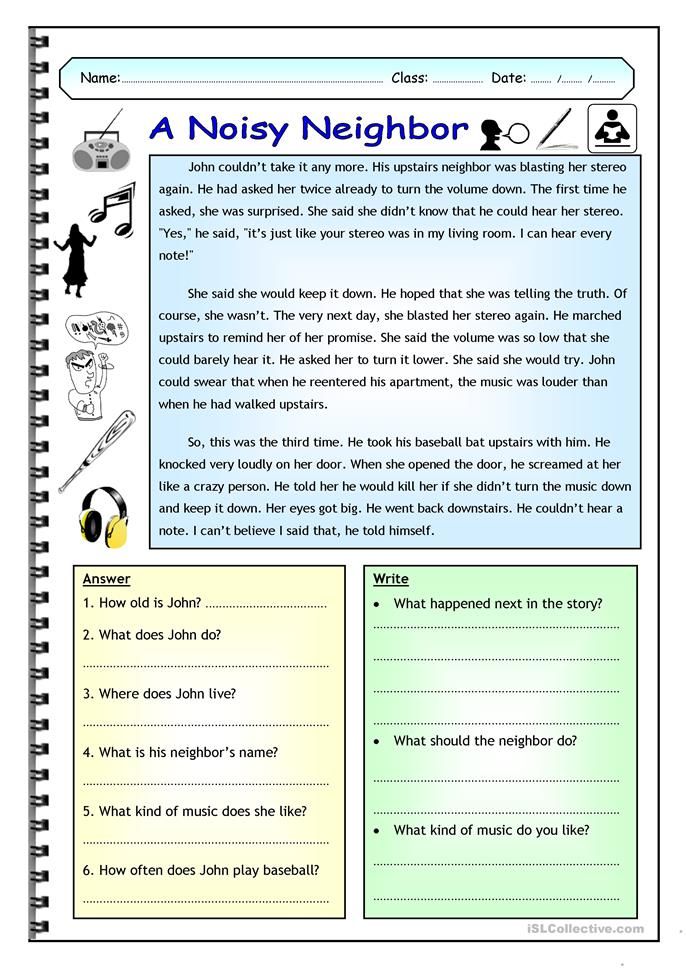 They listen to the words, see the pictures in the book, and may start to associate the words on the page with the words they are hearing and the ideas they represent.
They listen to the words, see the pictures in the book, and may start to associate the words on the page with the words they are hearing and the ideas they represent.
In order to learn comprehension strategies, students need modeling, practice, and feedback. The key comprehension strategies are described below.
Using Prior Knowledge/Previewing
When students preview text, they tap into what they already know that will help them to understand the text they are about to read. This provides a framework for any new information they read.
Predicting
When students make predictions about the text they are about to read, it sets up expectations based on their prior knowledge about similar topics. As they read, they may mentally revise their prediction as they gain more information.
Identifying the Main Idea and Summarization
Identifying the main idea and summarizing requires that students determine what is important and then put it in their own words.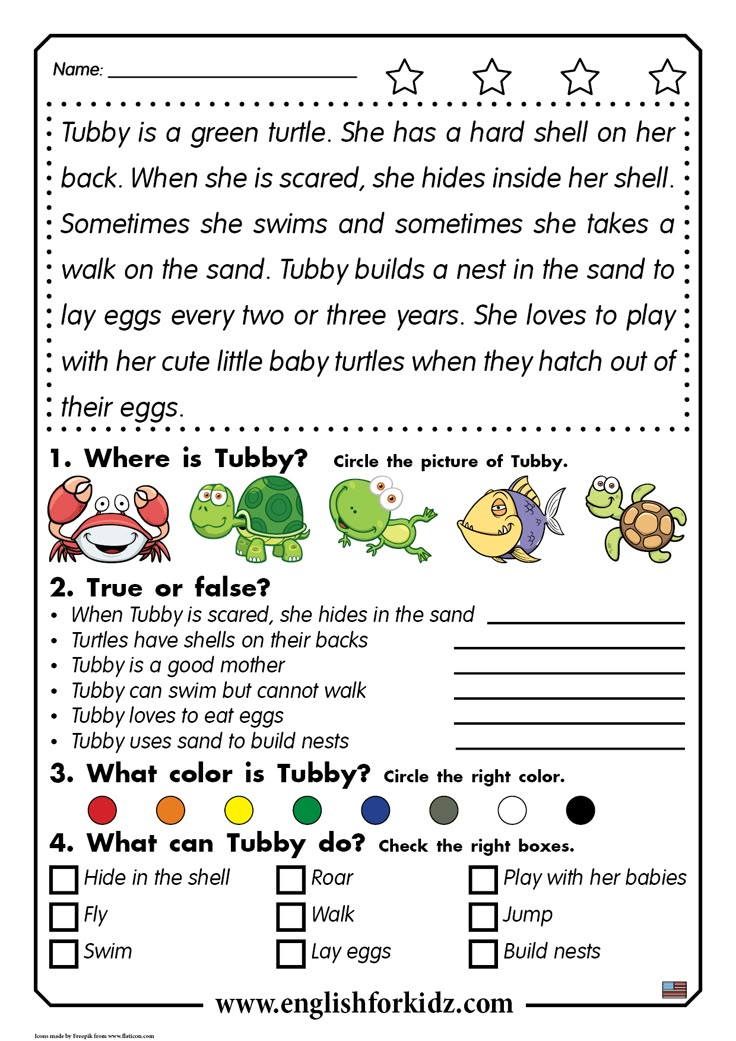 Implicit in this process is trying to understand the author’s purpose in writing the text.
Implicit in this process is trying to understand the author’s purpose in writing the text.
Questioning
Asking and answering questions about text is another strategy that helps students focus on the meaning of text. Teachers can help by modeling both the process of asking good questions and strategies for finding the answers in the text.
Making Inferences
In order to make inferences about something that is not explicitly stated in the text, students must learn to draw on prior knowledge and recognize clues in the text itself.
Visualizing
Studies have shown that students who visualize while reading have better recall than those who do not (Pressley, 1977). Readers can take advantage of illustrations that are embedded in the text or create their own mental images or drawings when reading text without illustrations.
Strategies for Reading Comprehension: Narrative Text
Narrative text tells a story, either a true story or a fictional story.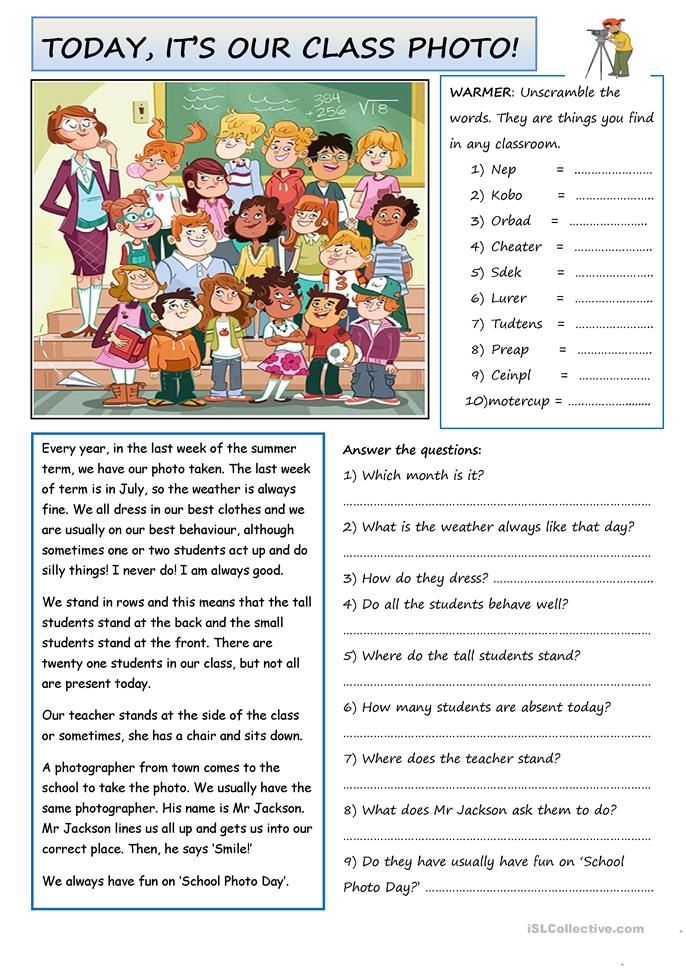 There are a number of strategies that will help students understand narrative text.
There are a number of strategies that will help students understand narrative text.
Story Maps
Teachers can have students diagram the story grammar of the text to raise their awareness of the elements the author uses to construct the story. Story grammar includes:
- Setting: When and where the story takes place (which can change over the course of the story).
- Characters: The people or animals in the story, including the protagonist (main character), whose motivations and actions drive the story.
- Plot: The story line, which typically includes one or more problems or conflicts that the protagonist must address and ultimately resolve.
- Theme: The overriding lesson or main idea that the author wants readers to glean from the story. It could be explicitly stated as in Aesop’s Fables or inferred by the reader (more common).
Printable story map (blank)
Retelling
Asking students to retell a story in their own words forces them to analyze the content to determine what is important.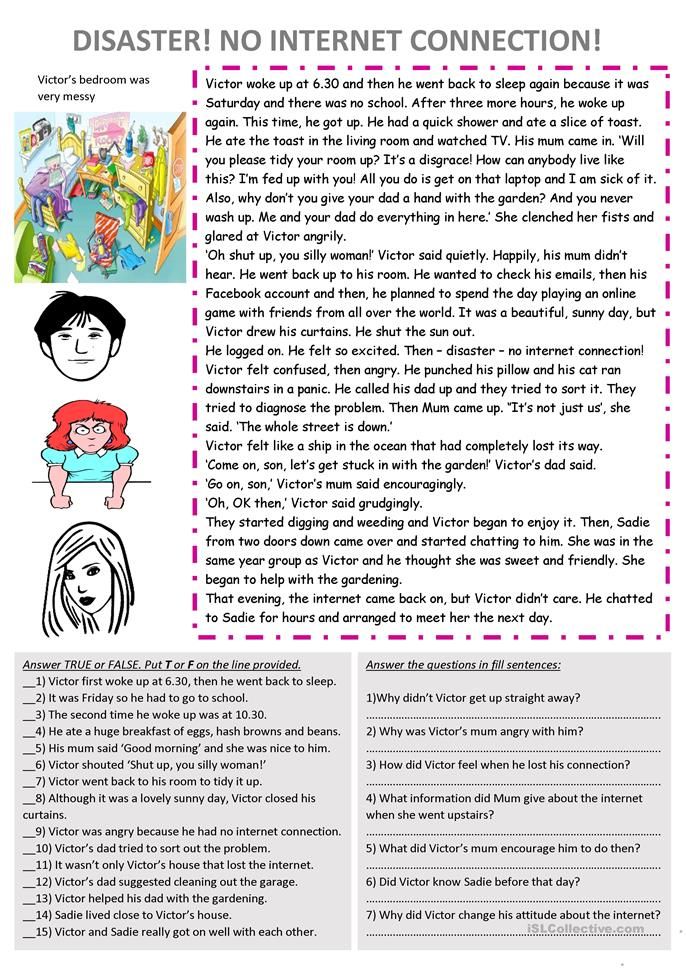 Teachers can encourage students to go beyond literally recounting the story to drawing their own conclusions about it.
Teachers can encourage students to go beyond literally recounting the story to drawing their own conclusions about it.
Prediction
Teachers can ask readers to make a prediction about a story based on the title and any other clues that are available, such as illustrations. Teachers can later ask students to find text that supports or contradicts their predictions.
Answering Comprehension Questions
Asking students different types of questions requires that they find the answers in different ways, for example, by finding literal answers in the text itself or by drawing on prior knowledge and then inferring answers based on clues in the text.
Strategies for Reading Comprehension: Expository Text
Expository text explains facts and concepts in order to inform, persuade, or explain.
The Structure of Expository Text
Expository text is typically structured with visual cues such as headings and subheadings that provide clear cues as to the structure of the information.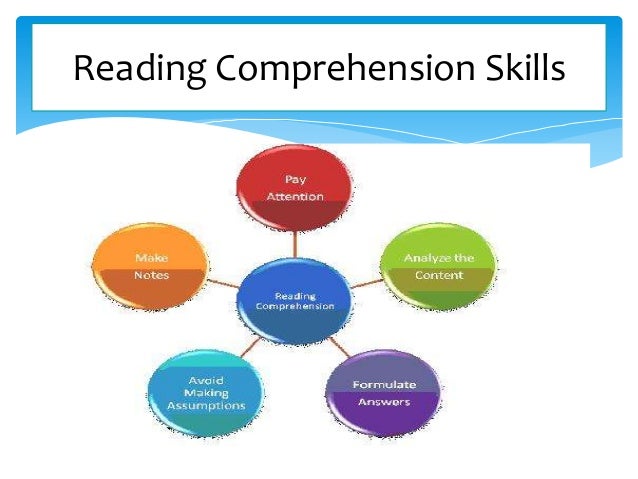 The first sentence in a paragraph is also typically a topic sentence that clearly states what the paragraph is about.
The first sentence in a paragraph is also typically a topic sentence that clearly states what the paragraph is about.
Expository text also often uses one of five common text structures as an organizing principle:
- Cause and effect
- Problem and solution
- Compare and contrast
- Description
- Time order (sequence of events, actions, or steps)
Teaching these structures can help students recognize relationships between ideas and the overall intent of the text.
Main Idea/Summarization
A summary briefly captures the main idea of the text and the key details that support the main idea. Students must understand the text in order to write a good summary that is more than a repetition of the text itself.
K-W-L
There are three steps in the K-W-L process (Ogle, 1986):
- What I Know: Before students read the text, ask them as a group to identify what they already know about the topic. Students write this list in the “K” column of their K-W-L forms.
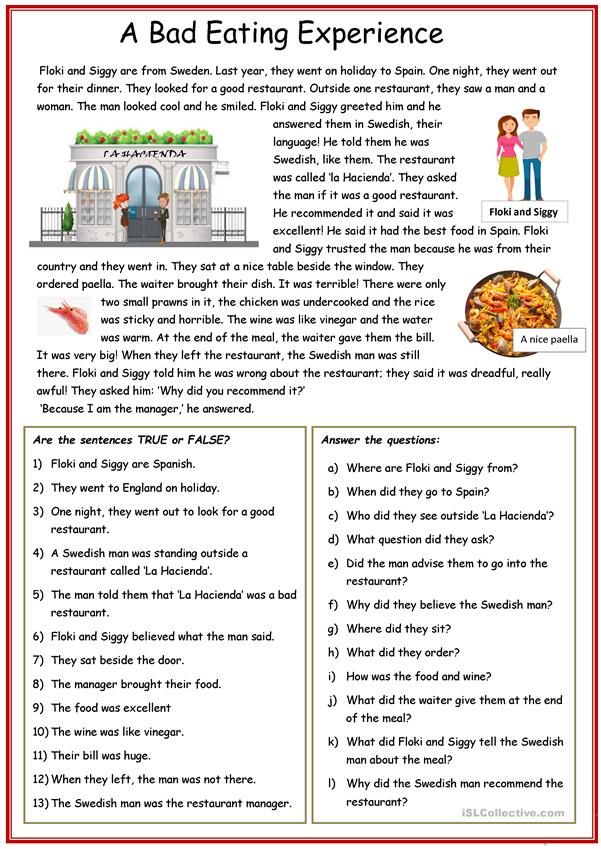
- What I Want to Know: Ask students to write questions about what they want to learn from reading the text in the “W” column of their K-W-L forms. For example, students may wonder if some of the “facts” offered in the “K” column are true.
- What I Learned: As they read the text, students should look for answers to the questions listed in the “W” column and write their answers in the “L” column along with anything else they learn.
After all of the students have read the text, the teacher leads a discussion of the questions and answers.
Printable K-W-L chart (blank)
Graphic Organizers
Graphic organizers provide visual representations of the concepts in expository text. Representing ideas and relationships graphically can help students understand and remember them. Examples of graphic organizers are:
Tree diagrams that represent categories and hierarchies
Tables that compare and contrast data
Time-driven diagrams that represent the order of events
Flowcharts that represent the steps of a process
Teaching students how to develop and construct graphic organizers will require some modeling, guidance, and feedback.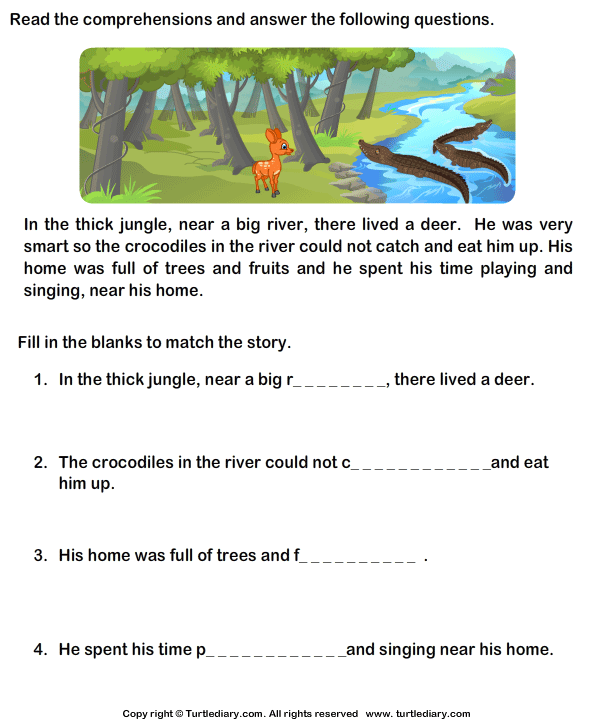 Teachers should demonstrate the process with examples first before students practice doing it on their own with teacher guidance and eventually work independently.
Teachers should demonstrate the process with examples first before students practice doing it on their own with teacher guidance and eventually work independently.
Strategies for Reading Comprehension in Read Naturally Programs
Several Read Naturally programs include strategies that support comprehension:
| Read Naturally Intervention Program | Strategies for Reading Comprehension | |||
|---|---|---|---|---|
| Prediction Step | Retelling Step | Quiz / Comprehension Questions | Graphic Organizers | |
| Read Naturally Live:
| ✔ | ✔ |
| |
| Read Naturally Encore:
| ✔ | ✔ |
| |
| Read Naturally GATE:
| ✔ | ✔ |
| |
| One Minute Reader Live:
|
| |||
| One Minute Reader Books/CDs:
|
| |||
| Take Aim at Vocabulary: A print-based program with audio CDs that teaches carefully selected target words and strategies for independently learning unknown words. Students work mostly independently or in teacher-led small groups of up to six students.
|
| ✔ | ||
Bibliography
Honig, B.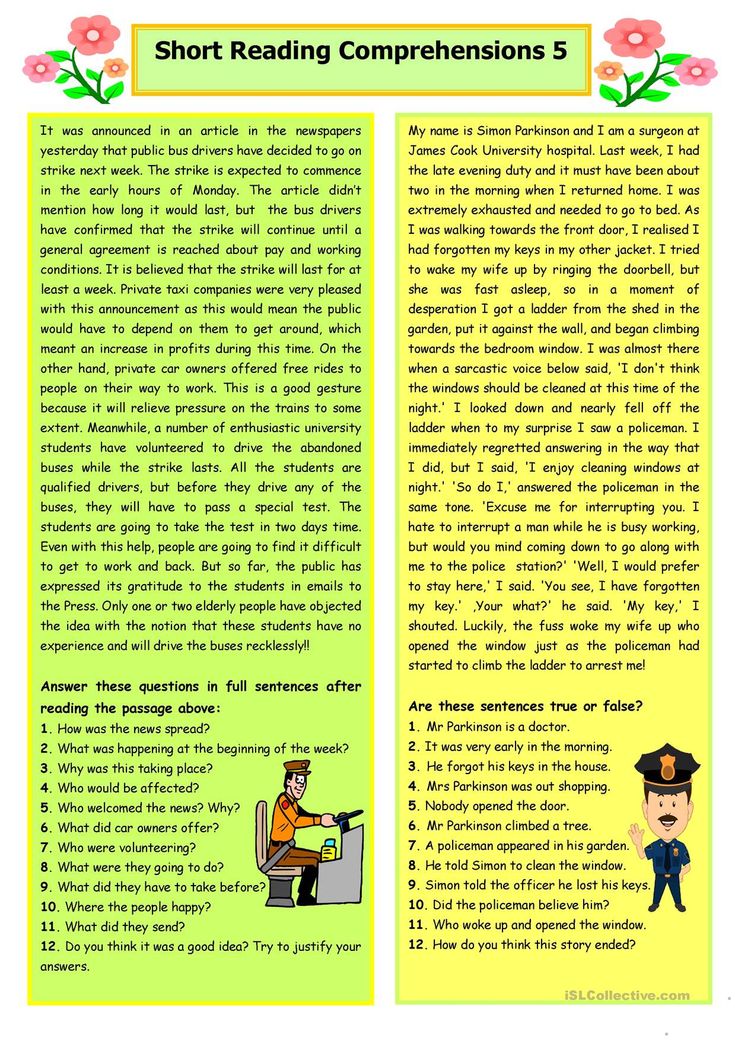 , L. Diamond, and L. Gutlohn. (2013). Teaching reading sourcebook, 2nd ed. Novato, CA: Arena Press.
, L. Diamond, and L. Gutlohn. (2013). Teaching reading sourcebook, 2nd ed. Novato, CA: Arena Press.
Ogle, D. M. (1986). K-W-L: A teaching model that develops active reading of expository text. The Reading Teacher 38(6), pp. 564–570.
Pressley, M. (1977). Imagery and children’s learning: Putting the picture in developmental perspective. Review of Educational Research 47, pp. 586–622.
Tierney, R. J. (1982). Essential considerations for developing basic reading comprehension skills. School Psychology Review 11(3), pp. 299–305.
Effective methods and techniques for teaching reading
"Effective methods and techniques for teaching reading"
Reading occupies an important place in the life of every person. Reading speed is the most important factor in academic achievement, so learning to read quickly is very important. After all, the slower the child reads, the more time he will need to study the material or complete the task.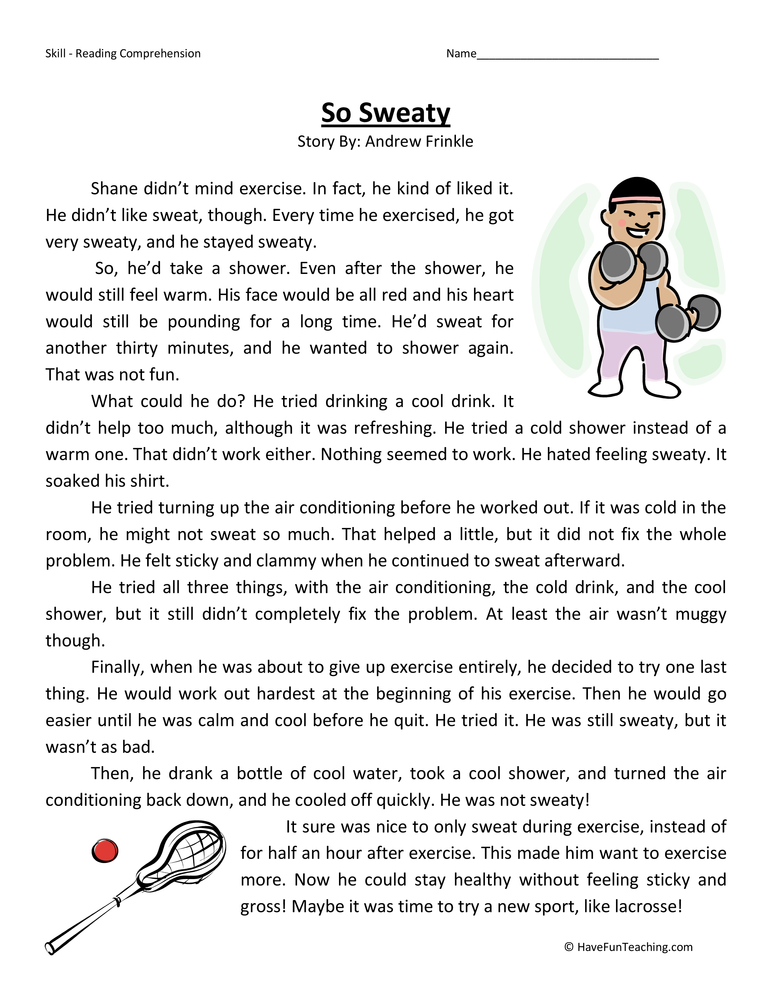 It has been proven that a middle school student with poor reading technique will not be able to achieve high learning outcomes. Therefore, both primary school teachers and parents of younger students need to pay special attention to the training of reading technique.
It has been proven that a middle school student with poor reading technique will not be able to achieve high learning outcomes. Therefore, both primary school teachers and parents of younger students need to pay special attention to the training of reading technique.
The main reason for difficulty in reading is insufficiently developed reading technique. Improving reading skills is inseparable from practicing speech technique. Under the technique of speech is meant a system of technological methods of breathing, voice formation, diction, tempo-rhythm, intonation, brought to the degree of automatism.
Exercises for practicing reading technique.
“Throw – notch”
The child puts his hands on his knees and begins to read the text aloud at the command “Throw”. When the “Serif” command is given, the reader takes his head off the book, closes his eyes and rests for a few seconds, while his hands remain on his knees. On the command “Throw”, the child must find with his eyes the place in the book where he stopped and continue reading aloud.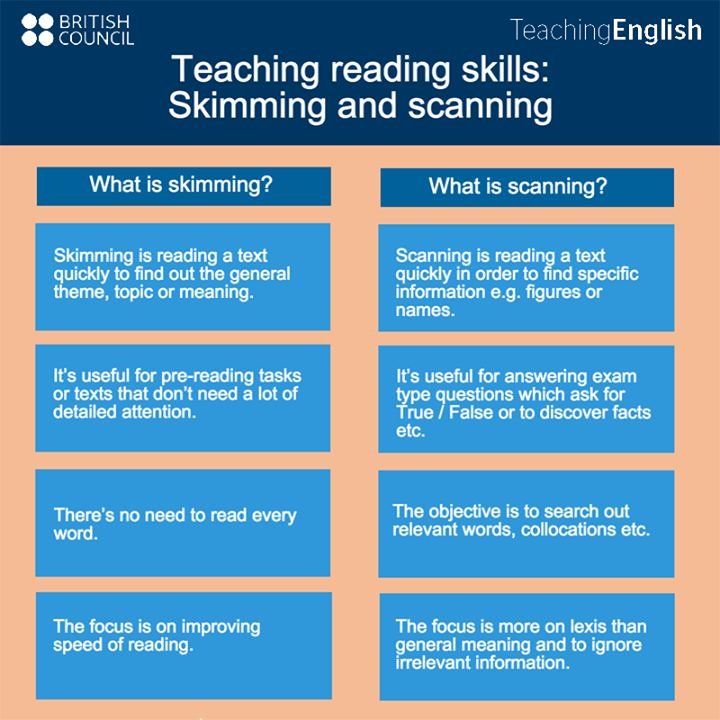 This exercise can last about 5 minutes.
This exercise can last about 5 minutes.
First-Last
Any text can be used for this exercise. Children only need to read the first and last syllable of each line.
"Tug" technique
"Tug" technique is used to increase the pace of reading. The leader can be a teacher or a student with a high reading technique. He reads the text, and the rest should try to keep up with him. This exercise can be done with the whole class or in pairs.
To control the process of reading by all students, you can make sudden stops and ask the children to show the last word they read in the text. Another way is to make mistakes while reading. Those who read "in tow" should notice and correct them.
"Hide and Seek"
The leader starts reading not from the beginning, but anywhere, naming only the page, the partner must find and adapt to the leader's reading. If several children are playing, then they are very happy when they are the first to find the paragraph that the presenter reads.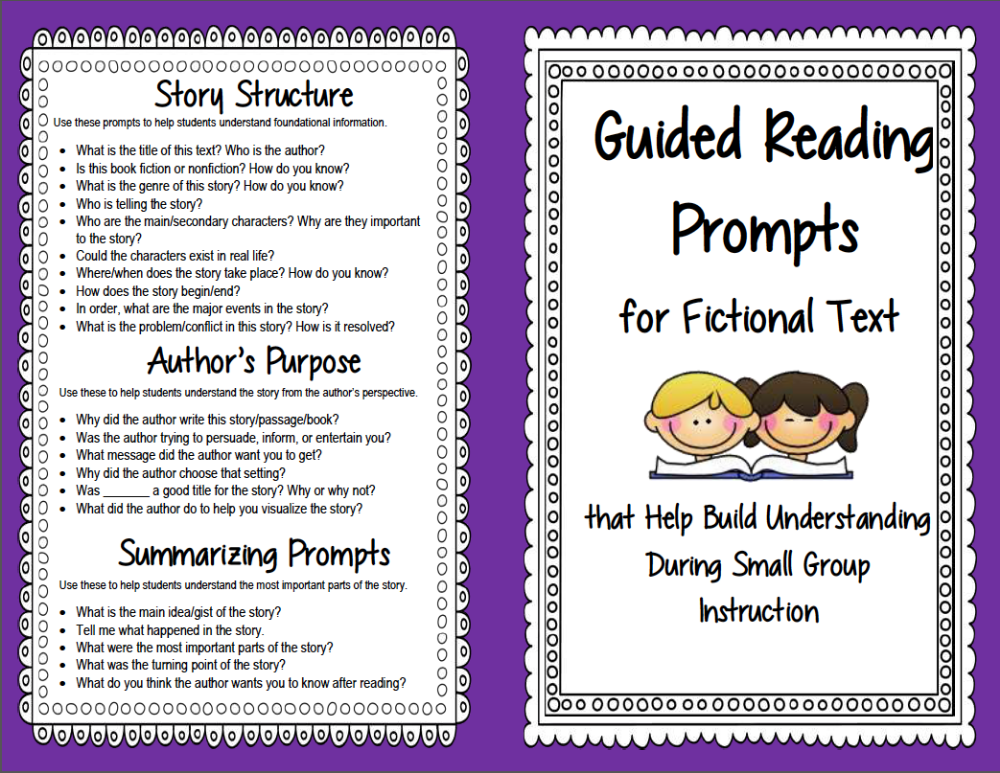
Patter technique
Directly to increase the reading speed, you can offer the child a small text to read it at the pace of the tongue twister. You need to read the text several times in a row, gradually accelerating. The student needs to be explained that when performing this exercise, it is not necessary to monitor the expressiveness of reading, however, this rule does not apply in normal reading.
"Reading with distracting music" . A great way to suppress the desire to pronounce readable text is to listen to music that does not have a constant rhythm. Jazz is best suited for this purpose.
"Lips" technique
When speaking externally, the reading speed slows down. Therefore, children should also be taught to read silently, without external signs of pronunciation. During the reading, when the teacher gives the command “Lips!”, The students should begin to read “to themselves”. At the same time, they need to press a finger to their closed lips in order to prevent them from moving.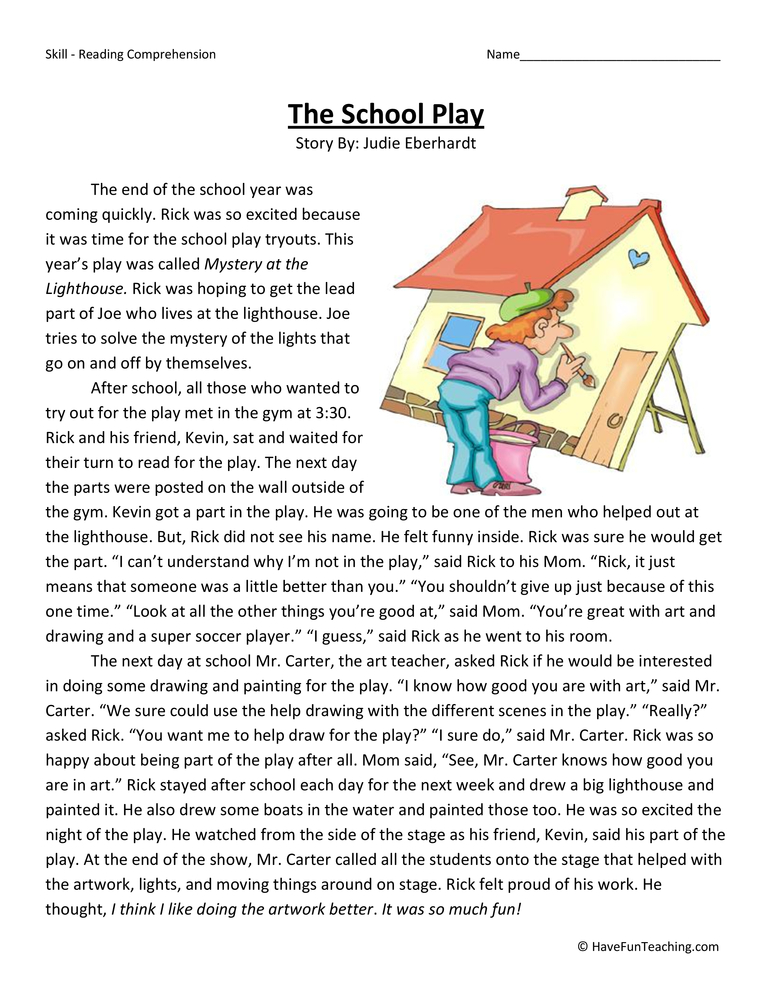 After the command "Aloud!" the finger should be removed and proceed to reading aloud.
After the command "Aloud!" the finger should be removed and proceed to reading aloud.
When working on improving reading technique, it is important to take into account that the quantitative indicator depends on the type of child's temperament, the level of development of his thought processes. Therefore, of course, it will not be possible to “pull up” all students to the required standards, but it will undoubtedly be possible to improve the results of each. In addition, in parallel with an increase in reading speed, it is imperative to pay attention to the development of expressiveness and awareness of reading, to teach children to read correctly, without errors.
"Lightning" technique
Using the "Lightning" technique is as follows. Children are shown a word for a very short time, and they must have time to read it. For this exercise, you can prepare flashcards or create a presentation in which words appear and disappear on their own after a couple of seconds.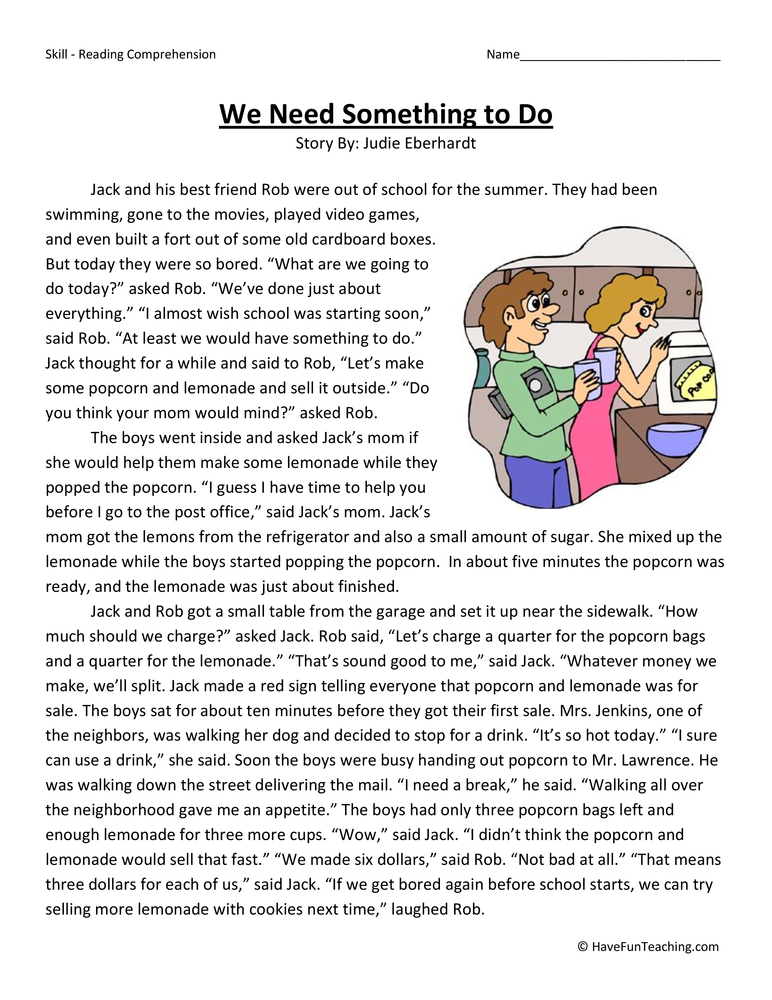
The same set of words must be used for several days in a row until the students remember them all. Then offer another set of words. For the best effect, you can not just let the students read the word, but also ask them to write it after it disappears.
"Vertical reading "
Reading text covered by vertical stripes (2nd, 3rd, 4th stripes - depending on the level of individual reading). This technique helps to expand the "field of view".
All of the above is painstaking, but interesting work, allowing us to hope that the level of forming the type of correct reading activity is being successfully implemented.
Methods of teaching preschoolers to read in a playful way
Literacy is an important stage of preparation for school, and in order for classes to bring the desired result, they must be built correctly. Teaching reading to preschoolers in a playful way comes to the rescue, allowing you to keep the attention of young students and develop their skills in a fun way. Let's talk about the pros and cons of this approach.
Let's talk about the pros and cons of this approach.
Key Benefits of Learning to Read through Play
If you ask any parent about what preschoolers usually do in their free time, the answer is obvious: they play. It is the game that is the most exciting and interesting form of leisure activities, because it does not tire the kids, it occupies and attracts their attention for a long time. Teachers of preschool education have long noticed this pattern, and therefore it is the playful, active form for teaching children to read and write that formed the basis of many educational programs.
So it is much easier for the student to learn and remember the material than with simple memorization. A fascinating format and a bright presentation of the material allow not only to attract the attention of students, but also to keep it in the process of the lesson. If game learning technologies are used not in individual, but in group classes, then the kids also have a competitive interest.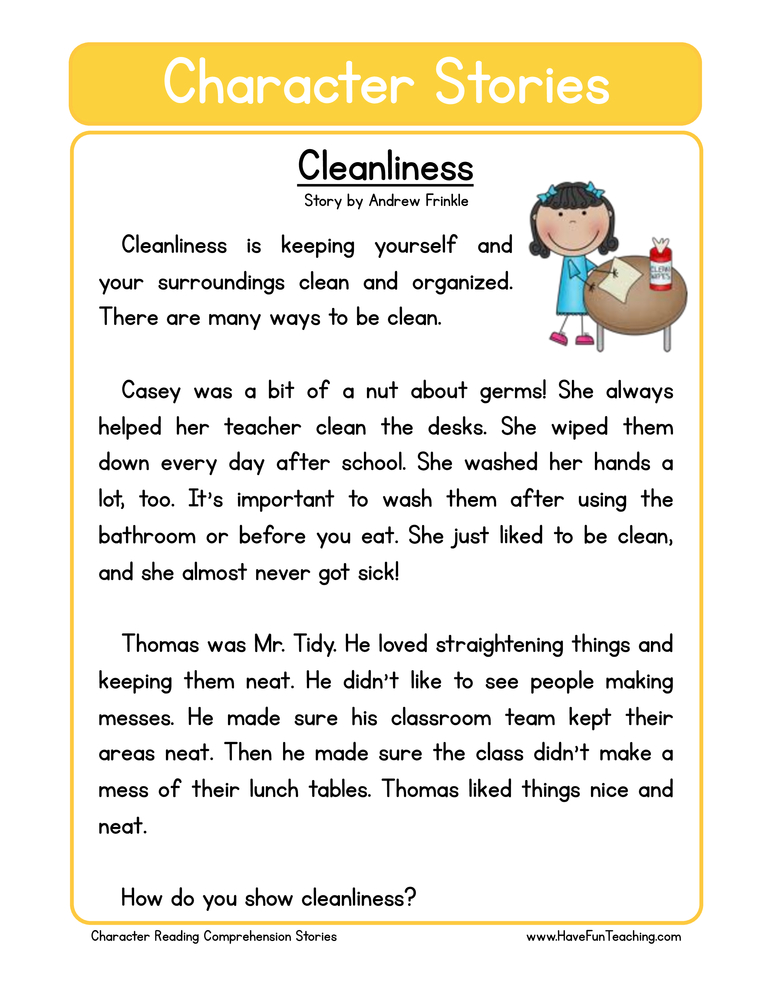 Wishing to demonstrate their successes to their peers, the guys are engaged with greater dedication, which directly affects the quality of learning.
Wishing to demonstrate their successes to their peers, the guys are engaged with greater dedication, which directly affects the quality of learning.
All this makes this format of learning literacy as convenient and interesting as possible for preschoolers. Let's consider the methods that are based on this approach.
Modern game methods and teaching technologies
There are many methods that teach with the help of tasks with elements of the game. Among them there are those that are almost never used today, and those that have a lot of supporters among psychologists, parents and teachers. We will consider the most popular programs based on gaming techniques and teaching methods:
- Maria Montessori technology. It differs from the usual program in that children first learn to write alphabetic characters using special aids, and only then learn to reproduce them.
- Zaitsev cubes. The method is based on the study of not syllables, but warehouses - particles that can represent one letter, a pair of consonant and vowel, as well as a bunch of consonant and soft or hard sign.
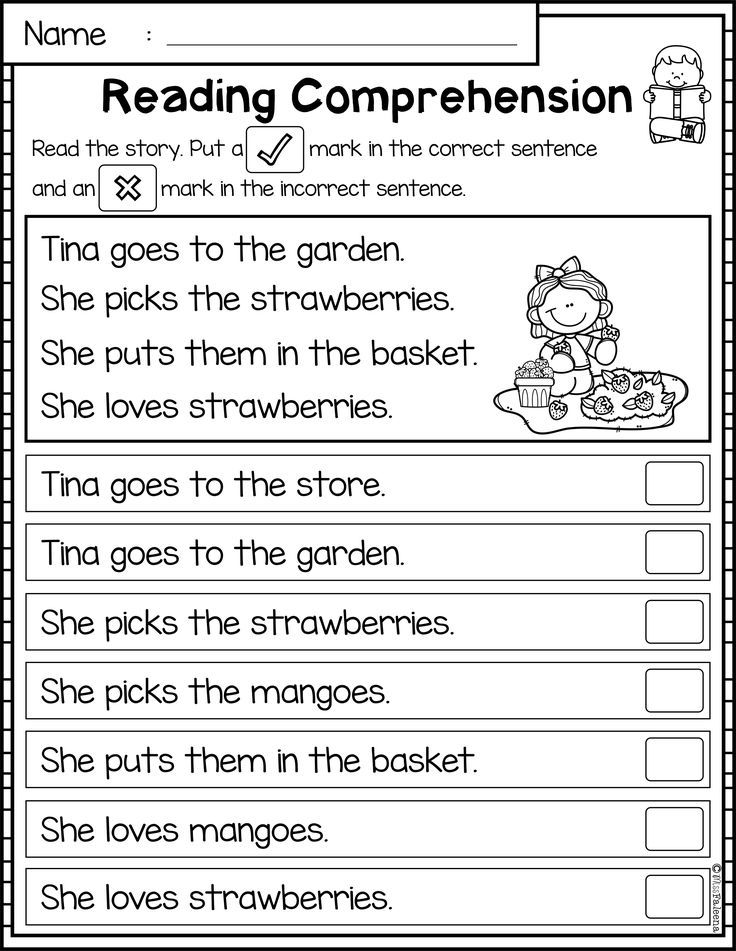
- Doman cards. The technique does not involve the study of letters and sounds. The children are regularly shown and voiced cards with ready-made words so that they immediately learn to recognize them in their entirety.
- Olga Soboleva's technique. The main objective of this program is to develop interest in reading. Toddlers learn the alphabet from pictures that depict animals, fairy tale characters, toys and other objects.
All of the listed techniques have one thing in common - they are based on the game, which can be considered a definite plus. However, primary school teachers often criticize them for inconsistency and skipping some stages.
At school, a first-grader will have to get acquainted with the alphabet, read letter by letter, syllable by syllable, and only then word by word. If he mastered reading in warehouses using the Zaitsev method, then it will be difficult for him to get used to syllable-by-syllable reproduction. If he studied according to Doman's technology, then he will still have to go through the alphabet, that is, master the stage missed in the preparatory classes.
So that the future first-grader does not have any difficulties, teachers recommend studying with him according to the classical program, using a variety of tasks.
Children's games for learning to read
Activities to learn to read can be presented in the form of board games, computer applications, or tasks from special textbooks. But they all fall into two main categories: those that are simpler help you remember the alphabet better, and those that are more difficult train your reading comprehension skills. Let's look at examples of games designed to teach children to read, starting with easy tasks and ending with more complex ones:
- Association. The exercise is aimed at developing associative thinking and memorizing the alphabet. The student needs to tell what he associates with this or that symbol. For example, "U" resembles a tree branch, and "P" is a flag.
- Guess the letter from the picture. The child looks at a picture with one or more objects whose names begin with the same letter.
 The child's task is to identify it.
The child's task is to identify it. - "Reading from pictures". This task is a bit similar to the previous one, but now the student needs to read the word by the first letters of the names of several objects. For example, a picture shows a bicycle, a cloud, a house, and a watermelon in sequence. The kid connects the initial letters of these objects and he gets "water".
- "Replacement". The adult calls the word, and the guys need to get one more from it, replacing one of the alphabetic characters in it. Here are a few examples: “nora-kora”, “ton-son”, “dom-com”.
- "Chain". It is necessary to make a chain of words, each of which begins with the last letter of the previous one: "rowan - pineapple - garden - box - alphabet - orange."
- "Crocodile". This game allows you to increase vocabulary, which is also important in preschool. Children read the word chosen by the teacher to themselves, and then try to explain its meaning without pronouncing its name itself.
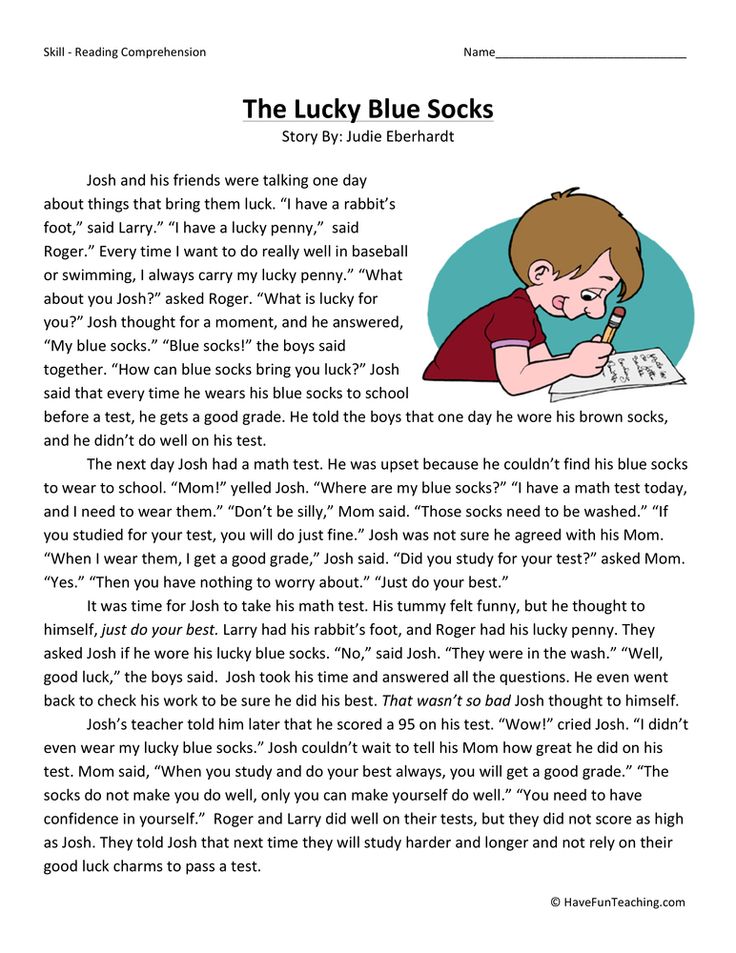
- Letter puzzle. Children are invited to consider a picture with several symbols. The task of the students is to arrange them in the correct order to make a word. For example: "socleo" will turn into a "wheel", and "bechinuk" into a "textbook".
Choice of methodology
Summing up, we can say that the key to good preparation for Grade 1 is an exciting form of training and consistent study of the material. This can be achieved if the child learns to read according to a time-tested program that is appropriate for his age and skill level.
This is exactly the kind of program that AMAKids has developed. The technique consists of two blocks: "Primer" helps to learn the alphabet and learn how to reproduce the text letter by letter, and "Chitarika" is aimed at improving existing skills - at mastering word-by-syllable and word-by-word reading. You can start with any block: if the student is at the initial stage, then the Primer is better for him, and if he already knows the basics, then you can immediately go to the Chitarika.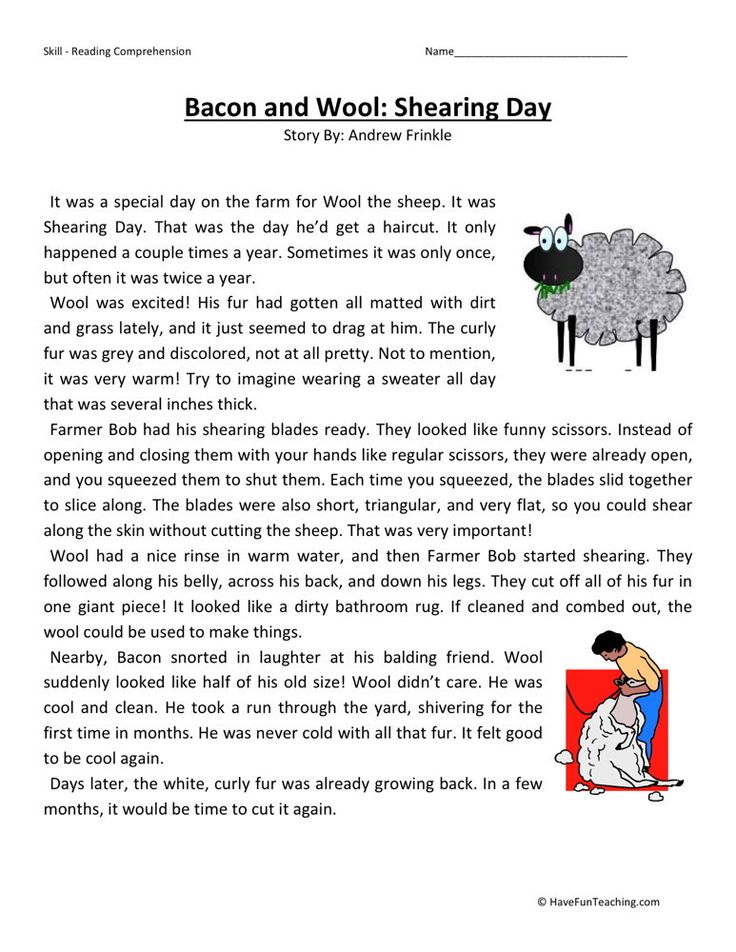

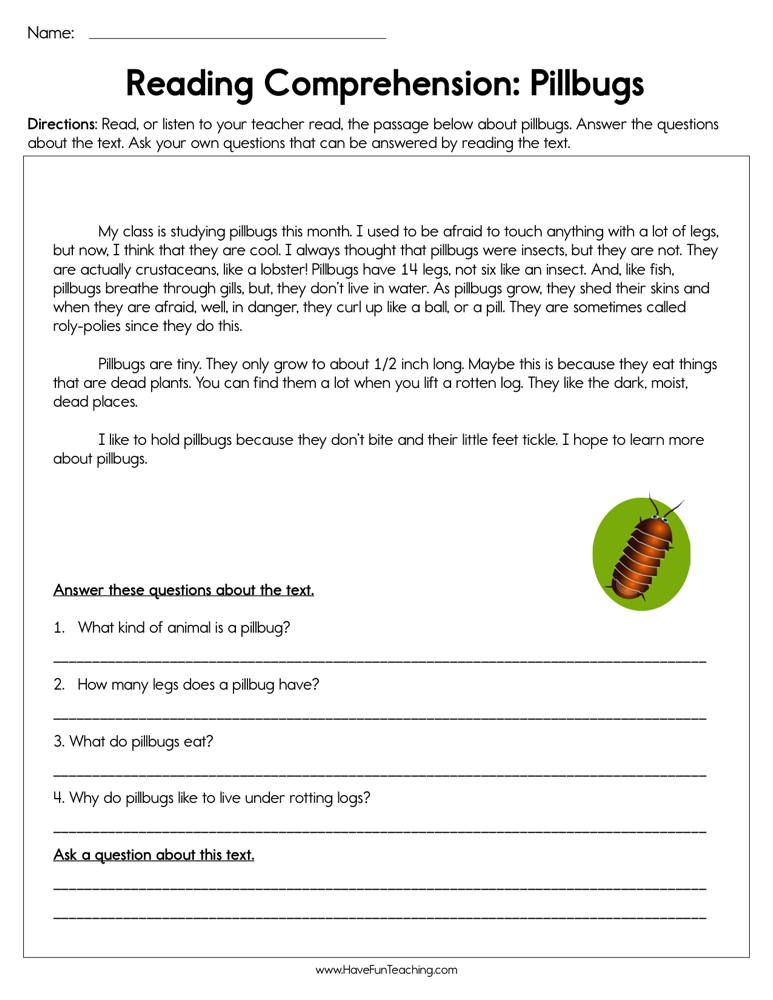 6–8.0)
6–8.0)